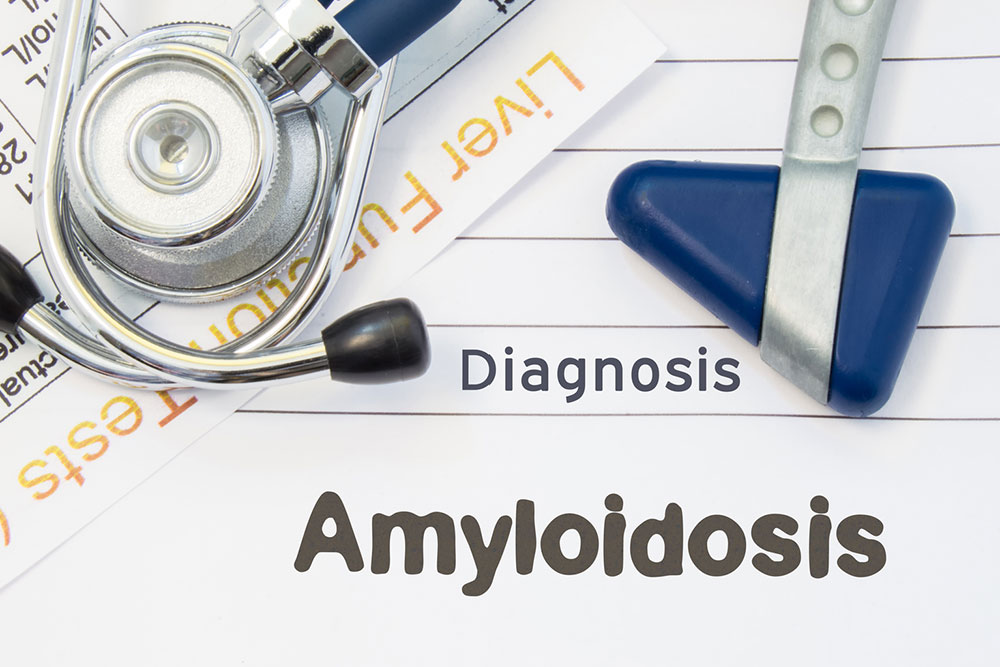Understanding the Two Main Types of Inherited Amyloidosis
This article explains the two main types of hereditary amyloidosis—Non-ATTR and ATTR—highlighting their causes, symptoms, and treatment options. Understanding these distinctions helps in early diagnosis and management, improving patient outcomes. The article covers genetic mutations involved, typical organ involvement, and current therapies, including supportive care and disease-modifying treatments like liver transplants and ongoing trials. It emphasizes the importance of prompt diagnosis and personalized treatment planning for affected individuals, helping patients and caregivers better comprehend this complex condition.

Understanding the Two Main Types of Inherited Amyloidosis
Hereditary amyloidosis is a systemic condition caused by genetic mutations leading to abnormal amyloid protein formation. These misfolded proteins accumulate in nerves and organs, potentially causing tissue and organ damage over time. Symptoms often appear in adulthood, and some mutations may remain asymptomatic. The primary types are:
Non-ATTR: This less common form involves mutations in proteins like Apolipoprotein AI, Fibrinogen Aa, Lysozyme, and others. It often results in kidney failure.
ATTR: Caused by mutations in the TTR gene, leading to unstable transthyretin proteins that deposit in organs and nerves, damaging them. This is the most prevalent form of hereditary amyloidosis.
Management Strategies: Treatments aim to alleviate symptoms and slow disease progression. Supportive therapies address nerve, heart, and kidney issues, reliving pain and autonomic symptoms. Source treatments focus on reducing amyloid production, often through liver transplants or innovative therapies targeting TTR synthesis. Ongoing clinical trials are exploring new options for managing the disease effectively.
Note: Our information aims to inform but is not a substitute for professional medical advice. Always consult healthcare providers for diagnosis and treatment options.









